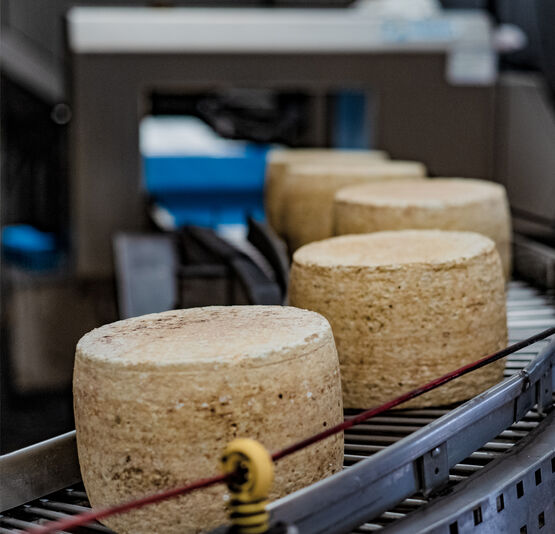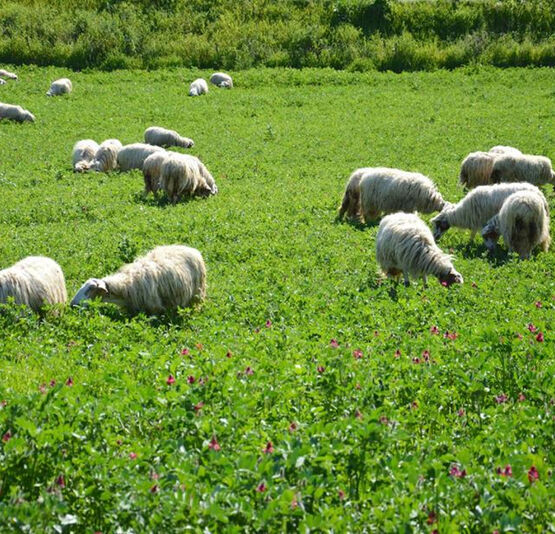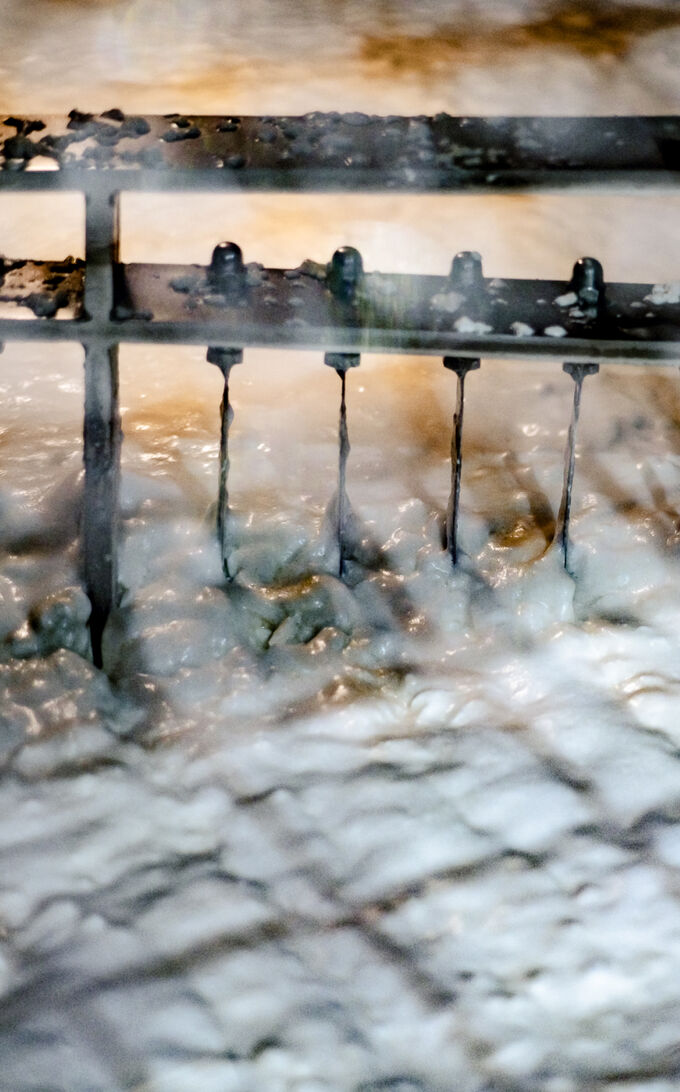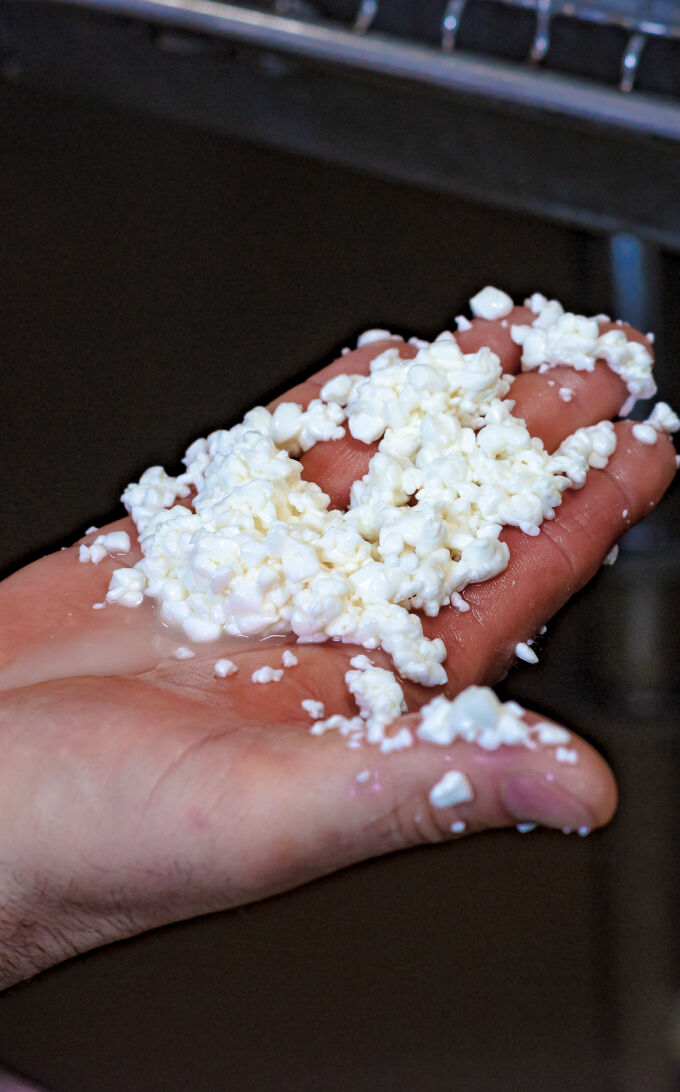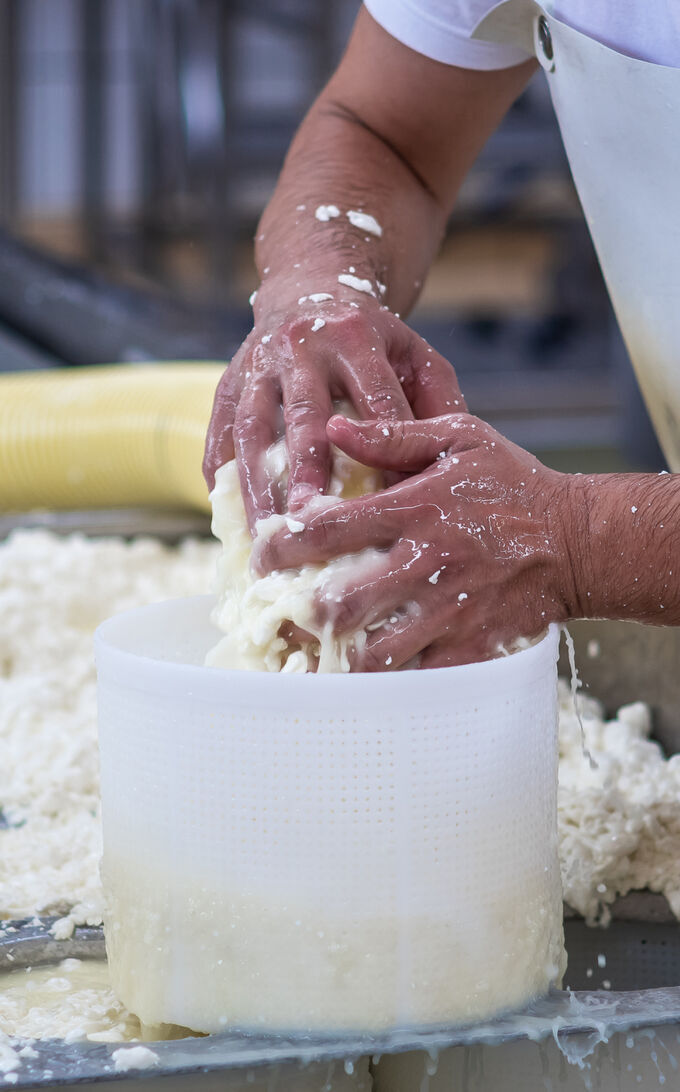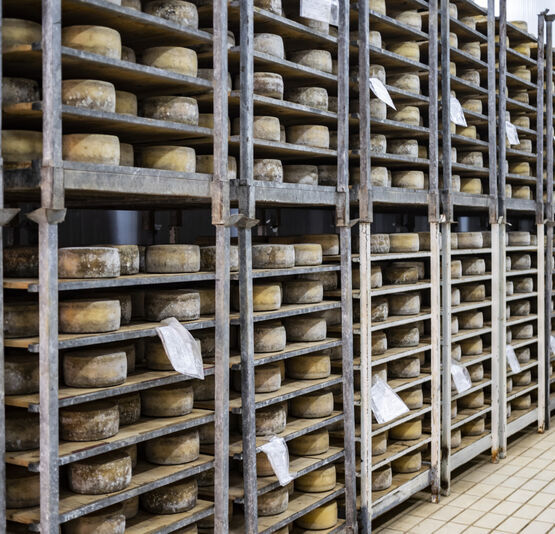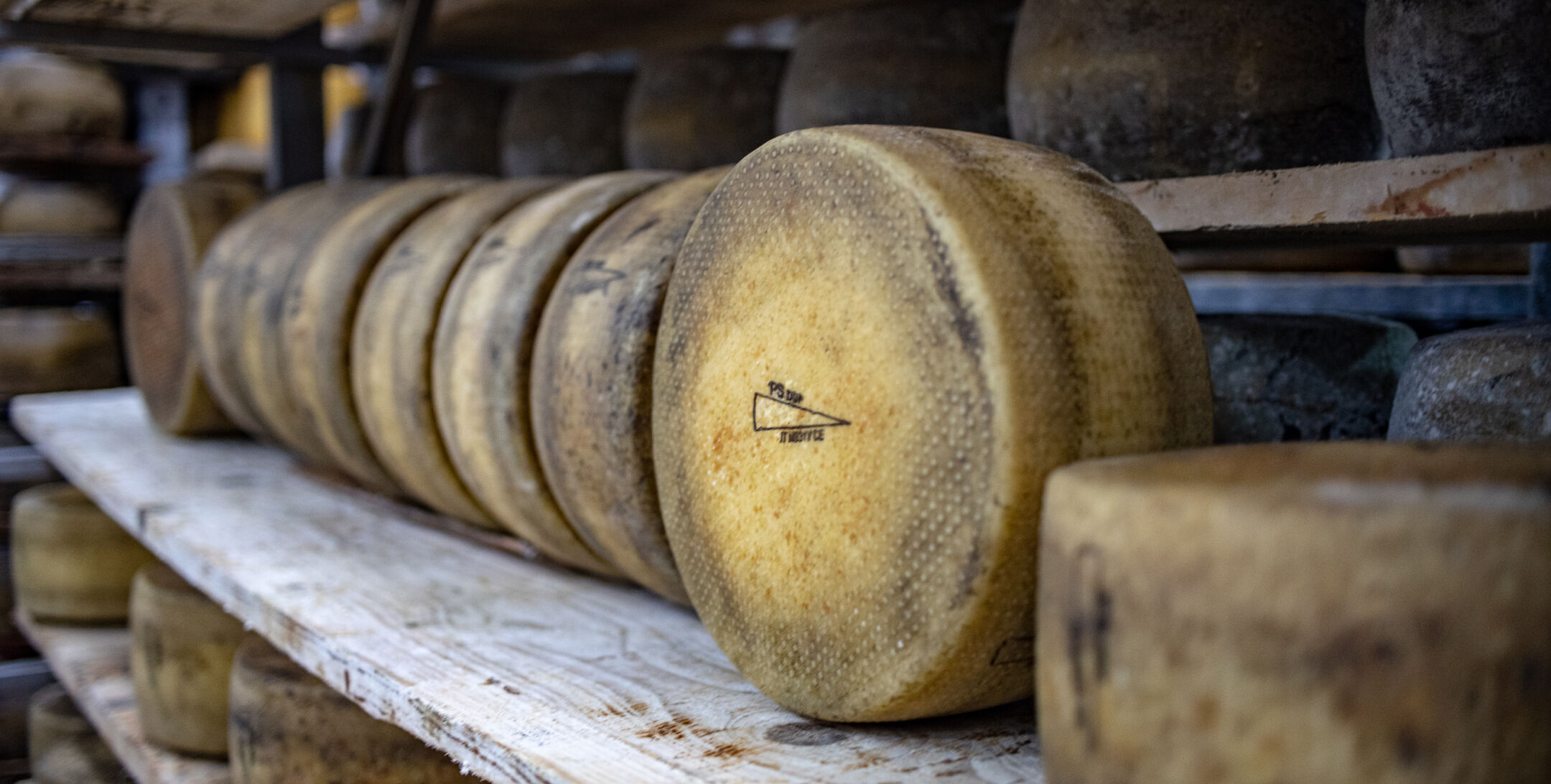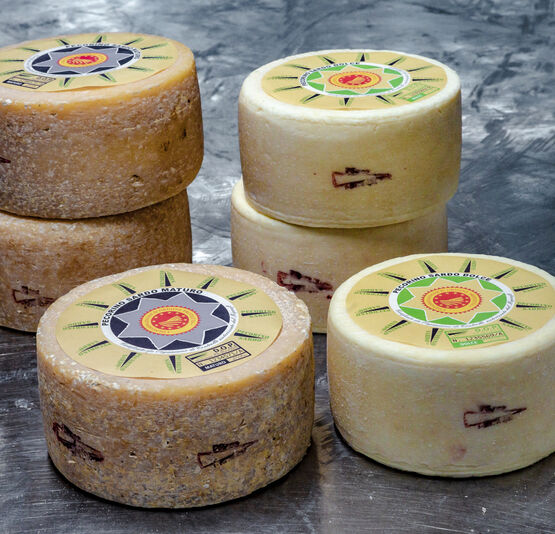Since 2 July 1996, the quality of Pecorino Sardo PDO has been guaranteed by the Protection Consortium, which is currently composed of private companies and cooperative societies operating throughout the region. On 11 December 2002, by Ministerial Decree, the Consortium received its first official recognition as the sole representative Body of Pecorino Sardo PDO, and was officially vested with the role of protecting, promoting and developing the PDO status, as well as with guarding against any abuse, fraud or counterfeiting of the product.
This ministerial mandate has been renewed every three years.
